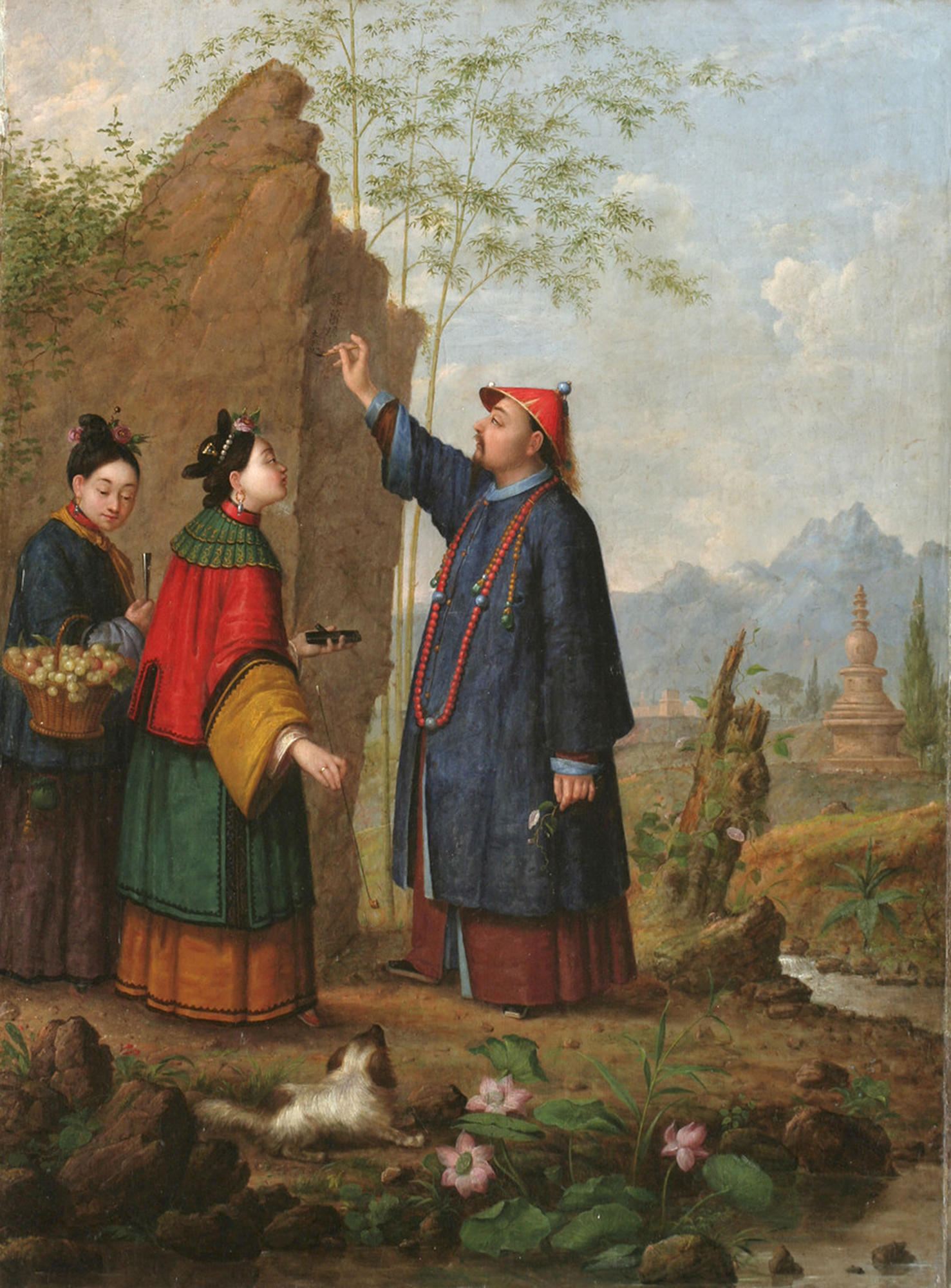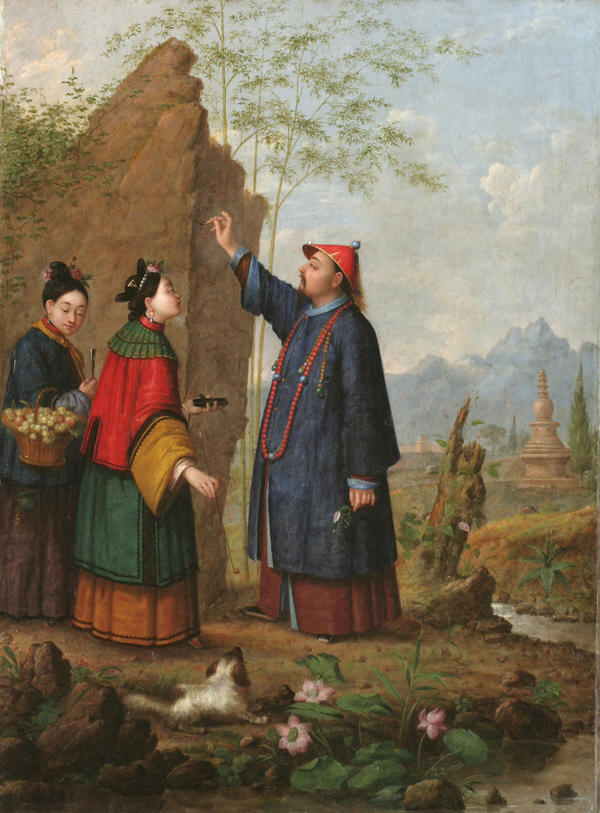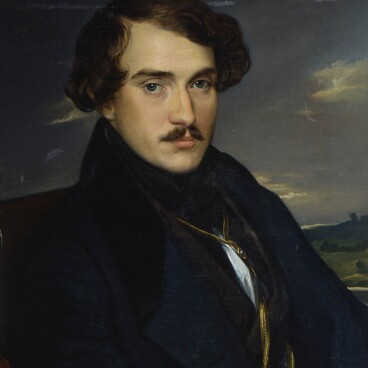Anton Legashov was born in 1798 in the family of a serf, but in 1818 he received his freedom. A few years later, as a ‘stranger’ student, he began to study at the Academy of Fine Arts under honored professor and famous portrait painter Alexander Varnek. In 1829, Legashov received the title of a non-class artist and was the first of professional painters to join the XI Russian spiritual mission in Beijing. That was the name of the representative office of the Russian Church and the state, which operated in the capital of China in the 17th — 20th centuries, before the Russian embassy was established in 1861. Mission participants established and maintained relations between states, studied China and prepared the first Russians sinologs.
Anton Legashov received tasks from the Academy: to find out the composition and methods of using watercolors and other Chinese colors, to create realistic images of national costumes, musical instruments, household items, and to paint landscapes. The artist spent more than ten years in China. He made sketches of folk scenes and places that he visited. Portraits of his brush were extremely popular among locals — he painted 24 times only Chinese dignitaries. When Legashov returned to Petersburg, he repeatedly addressed topics related to China. He asked the Academy to appoint him a teacher and allow him to make Chinese paints, but this was refused.
The genre composition ‘Chinese Man and Chinese Woman on the Background of Rocks’ was created according to the canons of academism: strict colors in brown, green and blue shades, the plot depicts an everyday scene from the life of the nobility. Judging by the costumes, the Chinese are people of the imperial court. One of the women also probably belongs to high society. The second, the maid, is not taken into account at all, as indicated by the name of the painting.
In traditional Chinese painting, it was customary to depict personal qualities of the characters using plant symbols. So, bamboo represented honesty and nobility, and pink lotus flowers — internal purity. Bindweed associated with love and marriage. Anton Legashov, who lived in China for 11 years, knew the symbolism of the East well and used it in his memoirs.
Anton Legashov received tasks from the Academy: to find out the composition and methods of using watercolors and other Chinese colors, to create realistic images of national costumes, musical instruments, household items, and to paint landscapes. The artist spent more than ten years in China. He made sketches of folk scenes and places that he visited. Portraits of his brush were extremely popular among locals — he painted 24 times only Chinese dignitaries. When Legashov returned to Petersburg, he repeatedly addressed topics related to China. He asked the Academy to appoint him a teacher and allow him to make Chinese paints, but this was refused.
The genre composition ‘Chinese Man and Chinese Woman on the Background of Rocks’ was created according to the canons of academism: strict colors in brown, green and blue shades, the plot depicts an everyday scene from the life of the nobility. Judging by the costumes, the Chinese are people of the imperial court. One of the women also probably belongs to high society. The second, the maid, is not taken into account at all, as indicated by the name of the painting.
In traditional Chinese painting, it was customary to depict personal qualities of the characters using plant symbols. So, bamboo represented honesty and nobility, and pink lotus flowers — internal purity. Bindweed associated with love and marriage. Anton Legashov, who lived in China for 11 years, knew the symbolism of the East well and used it in his memoirs.



